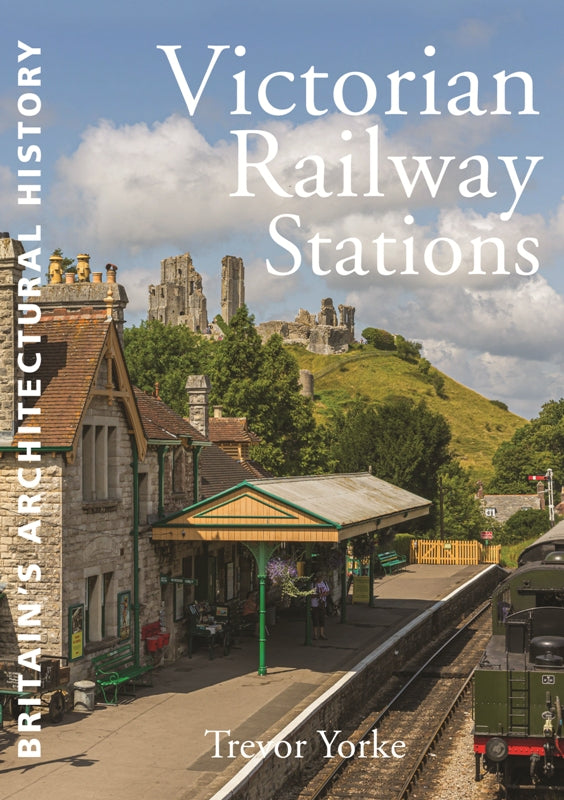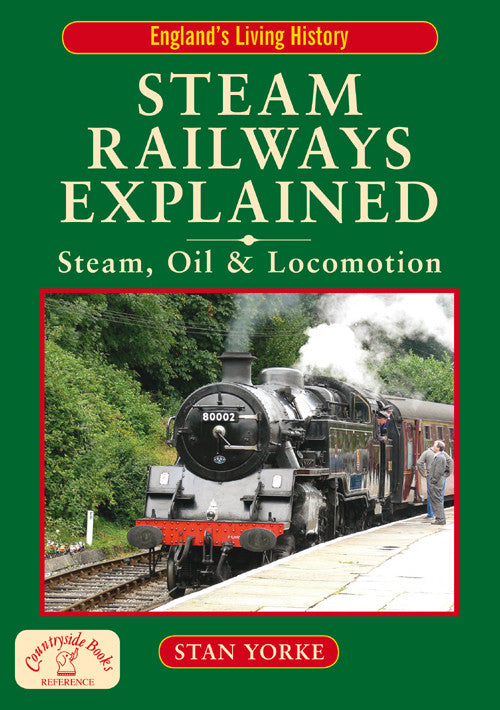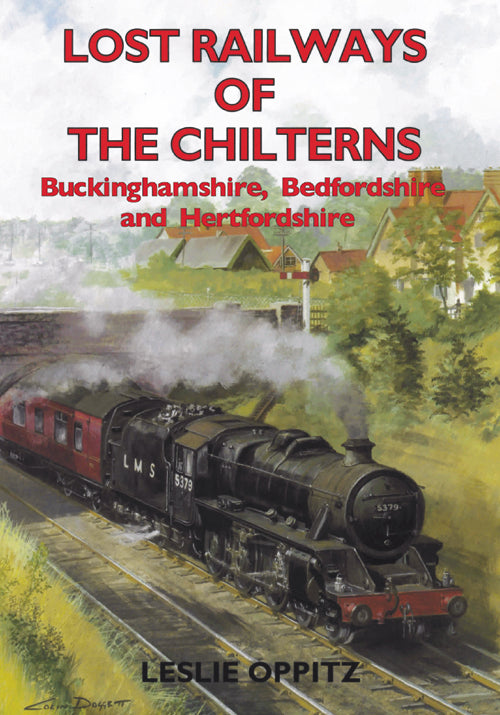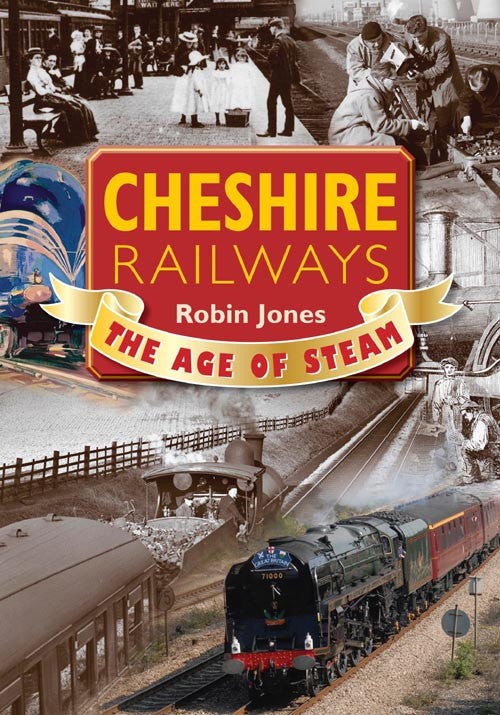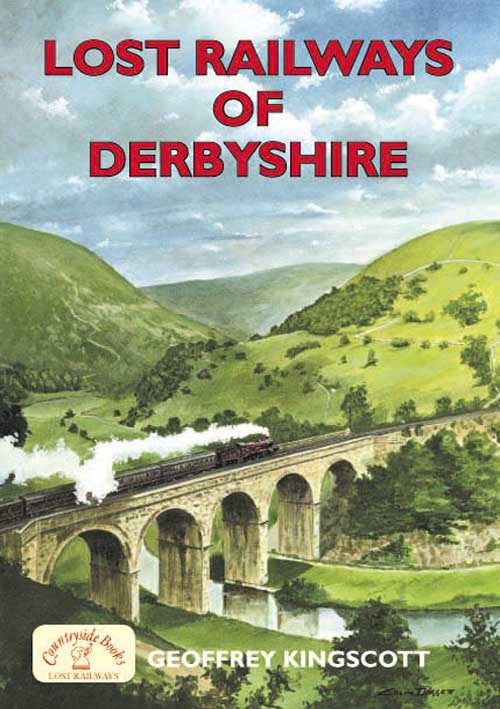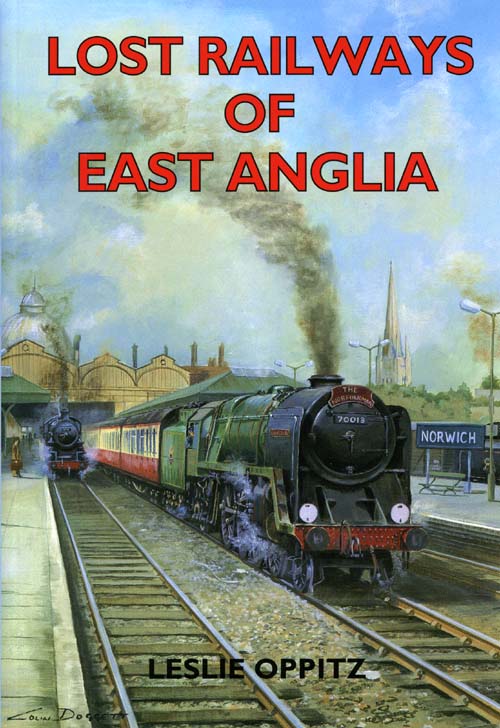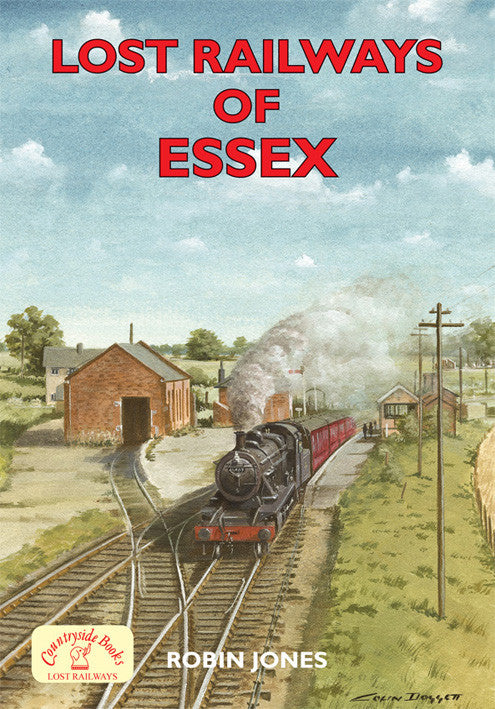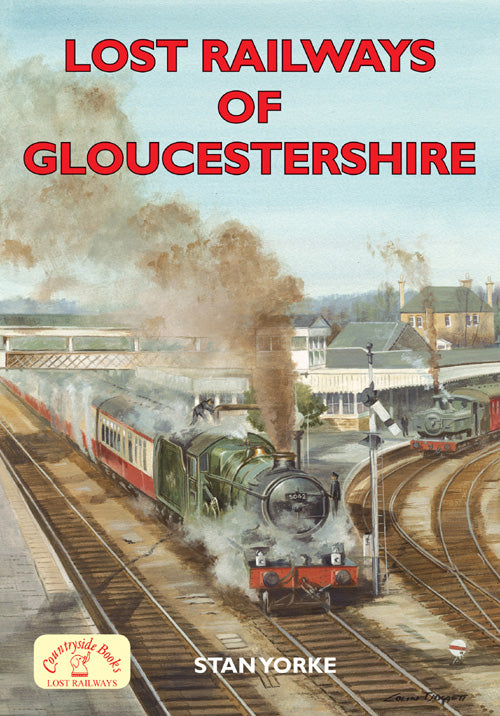{"id":9806329741,"title":"Lost Railways of Northumberland","handle":"lost-railways-of-northumberland","description":"\u003cp\u003e\u003cspan class=\"a-text-bold\"\u003eThis illustrated and carefully researched book takes you back to the golden age of railways in Northumberland\u003c\/span\u003e\u003cspan\u003e - to a time of thriving rural railways, bustling local stations and steam trains pulling liveried coaches across the countryside.\u003c\/span\u003e\u003c\/p\u003e\n\u003cp\u003e\u003cspan\u003eAuthor Robert Kinghorn \u003c\/span\u003e\u003cspan class=\"a-text-bold\"\u003ebrings the story of Northumberland's railways vividly to life\u003c\/span\u003e\u003cspan\u003e here - the reasons for their construction and for their subsequent closure. \u003c\/span\u003e\u003c\/p\u003e\n\u003cp\u003e\u003cspan class=\"a-text-bold\"\u003eModern photographs accompany those from earlier times. These, together with specially drawn maps, will help those who wish to explore the old lines and stations that have survived. \u003c\/span\u003e\u003c\/p\u003e\n\u003cp\u003e\u003cspan\u003eNorthumberland, with its many coal mines, was the home and the heart of the Industrial Revolution. Local man George Stephenson, the inventor of the steam locomotive and dubbed the ‘Father of the Railways', also played his part. In 1829 he surveyed a route from Newcastle to Carlisle and, by 1835, the first section of the track between Blaydon and Hexham was opened. \u003c\/span\u003e\u003c\/p\u003e\n\u003cp\u003e\u003cspan\u003eAfter this, railway companies and new lines proliferated, driven by the need to get the mined coal to customers, both at home and abroad, and to open up the majority of Northumberland which was, and still is, a predominantly rural county.\u003c\/span\u003e\u003c\/p\u003e\n\u003cp\u003e\u003cspan class=\"a-text-bold\"\u003eThis was the heyday of the Railway Age.\u003c\/span\u003e\u003cspan\u003e Passenger numbers grew and, in the 1850s, new quays were built on the Tyne, with facilities for passenger ferries to such places as Bergen and Oslo. Later, boat trains were run from London Kings Cross.\u003c\/span\u003e\u003c\/p\u003e\n\u003cp\u003e\u003cspan class=\"a-text-bold\"\u003eSadly, the boom was not to last.\u003c\/span\u003e\u003cspan\u003e Motorised transport became more accessible and affordable in the 1930s and lines began to close. Of the 316 miles of railway line and 119 stations open then, only 130 miles of track and 20 stations remain today. Two lines, though, have experienced a revival thanks to thriving local preservation societies bringing ever more miles back into use for an enthusiastic public.\u003c\/span\u003e\u003c\/p\u003e\n\u003cp\u003e\u003cspan\u003eThis well written and meticulously researched book brings to life the history of Northumberland's railways - the reason for their construction and, in most cases, for their closure. \u003c\/span\u003e\u003c\/p\u003e\n\u003cp\u003eA5 (softcover) 160 pages\u003c\/p\u003e\n\u003cp\u003eAuthor: Robert Kinghorn\u003c\/p\u003e\n\u003cp\u003eISBN 9781853069895 \u003c\/p\u003e","published_at":"2022-05-03T14:56:51+01:00","created_at":"2017-04-28T14:35:54+01:00","vendor":"Countryside Books","type":"Books","tags":["By region_Northumberland","Robert Kinghorn"],"price":1199,"price_min":1199,"price_max":1199,"available":true,"price_varies":false,"compare_at_price":null,"compare_at_price_min":0,"compare_at_price_max":0,"compare_at_price_varies":false,"variants":[{"id":36690437069,"title":"Default Title","option1":"Default Title","option2":null,"option3":null,"sku":"","requires_shipping":true,"taxable":false,"featured_image":null,"available":true,"name":"Lost Railways of Northumberland","public_title":null,"options":["Default Title"],"price":1199,"weight":200,"compare_at_price":null,"inventory_quantity":0,"inventory_management":null,"inventory_policy":"deny","barcode":"9781853069895","requires_selling_plan":false,"selling_plan_allocations":[]}],"images":["\/\/countrysidebooks.co.uk\/cdn\/shop\/products\/Lost_Railways_Northumberland.jpg?v=1510956073"],"featured_image":"\/\/countrysidebooks.co.uk\/cdn\/shop\/products\/Lost_Railways_Northumberland.jpg?v=1510956073","options":["Title"],"media":[{"alt":"Lost Railways of Northumberland book cover. Transport history of steam trains and stations in Northumberland.","id":285031596163,"position":1,"preview_image":{"aspect_ratio":0.701,"height":612,"width":429,"src":"\/\/countrysidebooks.co.uk\/cdn\/shop\/products\/Lost_Railways_Northumberland.jpg?v=1510956073"},"aspect_ratio":0.701,"height":612,"media_type":"image","src":"\/\/countrysidebooks.co.uk\/cdn\/shop\/products\/Lost_Railways_Northumberland.jpg?v=1510956073","width":429}],"requires_selling_plan":false,"selling_plan_groups":[],"content":"\u003cp\u003e\u003cspan class=\"a-text-bold\"\u003eThis illustrated and carefully researched book takes you back to the golden age of railways in Northumberland\u003c\/span\u003e\u003cspan\u003e - to a time of thriving rural railways, bustling local stations and steam trains pulling liveried coaches across the countryside.\u003c\/span\u003e\u003c\/p\u003e\n\u003cp\u003e\u003cspan\u003eAuthor Robert Kinghorn \u003c\/span\u003e\u003cspan class=\"a-text-bold\"\u003ebrings the story of Northumberland's railways vividly to life\u003c\/span\u003e\u003cspan\u003e here - the reasons for their construction and for their subsequent closure. \u003c\/span\u003e\u003c\/p\u003e\n\u003cp\u003e\u003cspan class=\"a-text-bold\"\u003eModern photographs accompany those from earlier times. These, together with specially drawn maps, will help those who wish to explore the old lines and stations that have survived. \u003c\/span\u003e\u003c\/p\u003e\n\u003cp\u003e\u003cspan\u003eNorthumberland, with its many coal mines, was the home and the heart of the Industrial Revolution. Local man George Stephenson, the inventor of the steam locomotive and dubbed the ‘Father of the Railways', also played his part. In 1829 he surveyed a route from Newcastle to Carlisle and, by 1835, the first section of the track between Blaydon and Hexham was opened. \u003c\/span\u003e\u003c\/p\u003e\n\u003cp\u003e\u003cspan\u003eAfter this, railway companies and new lines proliferated, driven by the need to get the mined coal to customers, both at home and abroad, and to open up the majority of Northumberland which was, and still is, a predominantly rural county.\u003c\/span\u003e\u003c\/p\u003e\n\u003cp\u003e\u003cspan class=\"a-text-bold\"\u003eThis was the heyday of the Railway Age.\u003c\/span\u003e\u003cspan\u003e Passenger numbers grew and, in the 1850s, new quays were built on the Tyne, with facilities for passenger ferries to such places as Bergen and Oslo. Later, boat trains were run from London Kings Cross.\u003c\/span\u003e\u003c\/p\u003e\n\u003cp\u003e\u003cspan class=\"a-text-bold\"\u003eSadly, the boom was not to last.\u003c\/span\u003e\u003cspan\u003e Motorised transport became more accessible and affordable in the 1930s and lines began to close. Of the 316 miles of railway line and 119 stations open then, only 130 miles of track and 20 stations remain today. Two lines, though, have experienced a revival thanks to thriving local preservation societies bringing ever more miles back into use for an enthusiastic public.\u003c\/span\u003e\u003c\/p\u003e\n\u003cp\u003e\u003cspan\u003eThis well written and meticulously researched book brings to life the history of Northumberland's railways - the reason for their construction and, in most cases, for their closure. \u003c\/span\u003e\u003c\/p\u003e\n\u003cp\u003eA5 (softcover) 160 pages\u003c\/p\u003e\n\u003cp\u003eAuthor: Robert Kinghorn\u003c\/p\u003e\n\u003cp\u003eISBN 9781853069895 \u003c\/p\u003e"}
Lost Railways of Northumberland
You might also like...
Steam Railways Explained
£9.99
Lost Railways of Berkshire
£11.99
Lost Railways of Cumbria
£11.99
Lost Railways of Derbyshire
£11.99
Lost Railways of Dorset
£11.99
Lost Railways of East Anglia
£11.99
Lost Railways of Essex
£11.99


